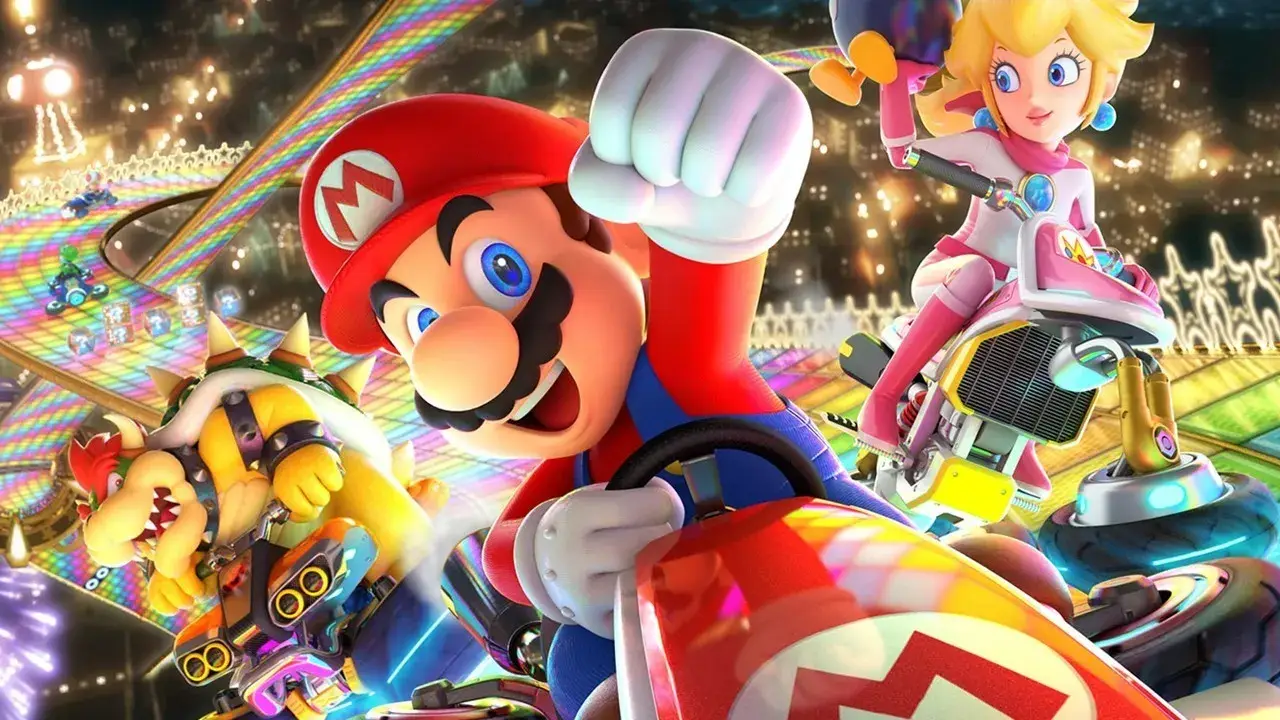If you lose with this one, that’s on you.

Sick of blue shells? Want to stick it to a tie-wearing ape in a go-kart race? Parisian economist Antoine Mayerowski has done the math to find the best possible combination of karts, wheels, and gliders from all 700,000+ possible combinations offered up in Mario Kart 8.
Mayerowski’s remarkable study comes down to a creative application of the methods of economist Vilfredo Pareto. Given Vilfredo died in 1923, he probably didn’t have Mario Kart in mind as a testbed for his theories, but it works.
This article won’t wade too deep into the 19th century Italian economic weeds, but Pareto was an expert in the mathematics of trade-offs. He addressed situations with multiple elements interacting with one another, where a benefit to one element comes with a drawback to another. He found ways to optimize those situations, delivering sufficient benefit to every member of a system that any change would cause a drawback, making the system worse. That kind of optimized system is “Pareto-efficient.”
That’s where Nintendo comes in. Mario Kart characters come with two variables: speed and acceleration. A simple graph with those two attributes reveals that some characters can be eliminated outright as suboptimal — both their speed and acceleration are equal to or worse than at least one other character. Take out suboptimal options and what’s left is a line of potentially optimized possibilities where any character outperforms at least one of the others on speed or acceleration, but not both. Trade-offs, remember? That line is called a Pareto front.
With that line, you’ve got everything you need. The same math applies to choosing your car, tires, and glider: Ditch suboptimals, choose from what remains. Even taking smaller variables like off-road and mini turbo into account, Pareto’s got us covered. Pareto systems can have more than two axes. Plotting your options in three dimensions reveals the builds worth your time.
Personal choice still matters: no character outperforms all the others on speed, acceleration, or turbo. Do you want max speed, the cheery Nintendo equivalent of a hemi ‘Cuda that eats up straightaways but corners like a bus? Or is your ride a pixelated performance EV, top-speed-limited but 0-60 in nothing flat? Or do you love that turbo, relying on it like the digital version of a nitrous boost?


